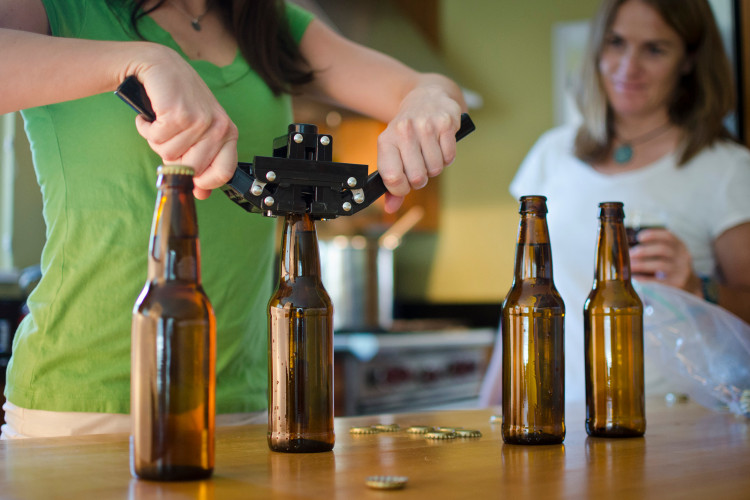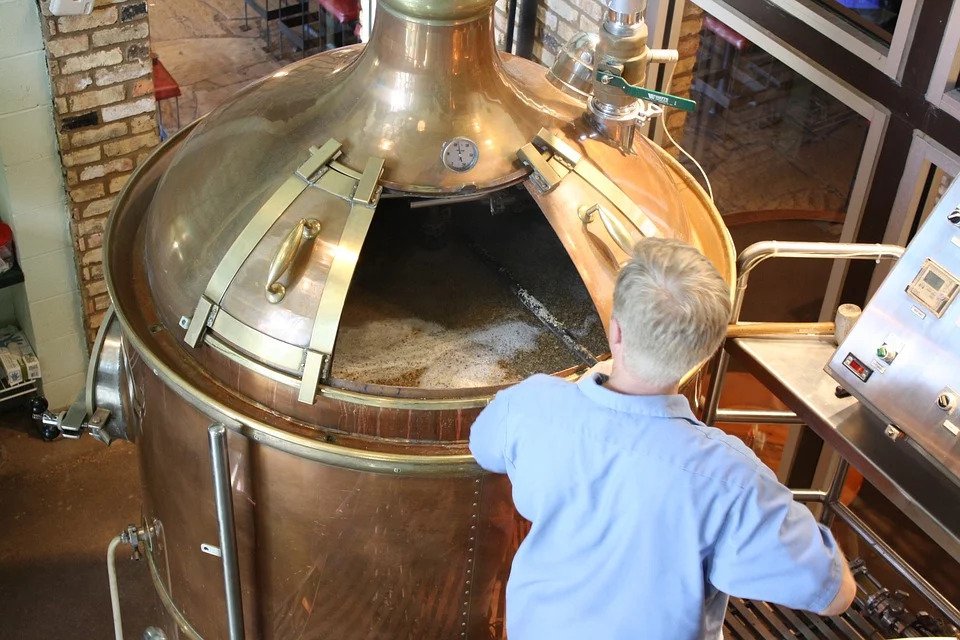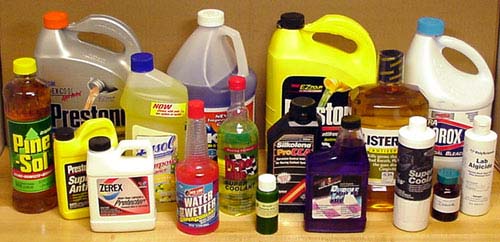Nobody enters into launching their own business with no plan in place. No matter the industry you’re involved in, the skills you have so far, or the money at your disposal, meticulous planning is crucial.
When it comes to establishing a new brewery, there’s more than the matter of finances to consider — there’s also location, licensing, equipment, manpower, and so forth. Then, once you’ve narrowed all of that down and come up with a detailed plan, you have to go into further detail in order to refine it. This is especially true when it comes to purchasing the equipment you need.
Moving from Home to the Brewery

This is how to make money off your homebrewed craft beer
Making large quantities of quality ale isn’t the same as brewing beer at home. A lot more effort, time, and money goes into making sure that the final product is perfect for the market. But how do you achieve this perfection? Naturally, there’s the flavour of your ale to take into account, especially in such a competitive, growing market, but what else becomes a vital component in ensuring that high quality is achieved? Environment and maintenance.
You can have the most stimulating flavoured ale of the entire market, but it won’t count for anything unless you’re able to manufacture it in a safe, well equipped, sustained environment. Having all the necessities right from the beginning, when you’re still experimenting at home, isn’t all that important. However, as soon as you increase the size of your operations, priorities quickly shift; simple brewing kits and second hand cooling systems just won’t cut it.
Addressing Easy to Avoid Mistakes
Over the course of this post, we intend to take a closer look at one of these important pieces of equipment in more detail: chillers. As any ale lover will already know, temperature regulation is an important part of the fermentation process, as it impacts on the consistency of the taste.
However, in terms of recognition, the way in which you cool your beer isn’t readily talked about in beer brewing content. This is why it’s so easy for start-up breweries to make simple mistakes when choosing equipment: they fail to identify their needs. To help you avoid these pitfalls, we’ll look at two different types of cooling options, therefore allowing you to ultimately decide which is better suited for your beer brewing.
Glycol Coolants
If you’ve not heard of this type of coolant before, or are simply looking to learn more, then all you need to know is that this option typically involves either propylene or ethylene glycol. Furthermore, in terms of benefits, it has the advantage of antifreeze. Depending on the type of glycol you use, the freezing point is significantly lower than that of water, with ethylene glycol generally having a freezing point of -12 degrees celsius.
Water Coolants
This is often the more obvious choice for cooling systems, as it’s cost effective and tends to offer better efficiency, at least when you use purified water. What is more, you have the advantage of no potentially toxic substances being involved. If we compare the freezing point of water (0 degrees celsius) with glycol, we can see that the glycol has a much lower freezing point.
Heat Transfer; Why Are Freezing Points Important?
The reason the discussion of freezing points is such an important one when it comes to which chiller to use, is because of how temperature plays an integral role in the fermentation process. If we look back at early beer brewing, long before cooling systems were invented, a lot of brewers only fermented wort during the winter months, thus ensuring that the temperature was kept within suitable range. Of course, nowadays, we have coolants to do that.
However, each coolant has its own set of pros and cons. You see, while water is the more cost effective of the two, it isn’t the easiest to maintain when it comes to getting the temperature just right. Not also forgetting how it can freeze a lot quicker in less than suitable environments. Glycol, on the other hand, while more expensive and having less heat capacity than purified water, is easier to manage.
If we use glycol chillers as a primary example, we can see that they’re able to rapidly cool and heat during the fermentation process in order to get the ambient temperature for your brew. Water, however, isn’t quite as well equipped to deal with rapid changes in temperature, and so maintaining consistent flavour throughout fermentation can be difficult to achieve. Difficult, but not impossible.
The reason heat transfer and its application is so specific, is because of how yeast behaves in different temperatures. If it becomes too cold, the yeast will become dormant, but if it becomes too hot, it’ll over ferment, therefore producing more solvent-like alcoholic favours.
Water vs Glycol
If money is in short supply, then the obvious choice is to go with a water cooling solution. It’ll do the job and, by in large, give you decent results. The process is also much simpler due to it working on the basic principles of heat transmission, with these types of chillers using either vapour compression or heat absorption.
Nevertheless, if you have the finances in place to purchase a glycol option, then it is in your best interests to do so. Glycol chillers use a glycol and water solution, with this arguably being the key to why the process works so much better. This is because glycol increases the antifreeze properties of the solution, which means that you can avoid running the risk of freezing the coolant, even when rapidly cooling.
This is why virtually every resource you find detailing brewery startups, always suggests having the means and funds to do so. If nothing else, it gives you the right foundations to build on, thus placing you at an advantage, one which you can develop as you progress your business.






